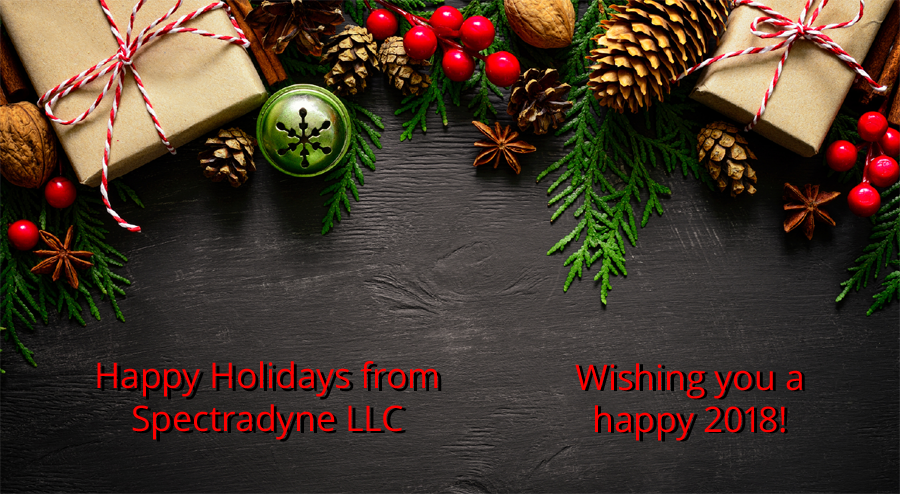
It's been a busy year for us here at Spectradyne, so we thought we would give you a quick review!
In 2017, Spectradyne doubled the installed base of nCS1TM instruments! Installations include our first overseas customer (in Germany), our first university customers, and several major pharmaceutical customers.
Looking ahead to 2018, we see strong interest in the nCS1TM as a non-optical alternative to established techniques such as dynamic light scattering (DLS) and nanoparticle tracking analysis (NTA). Our customers see that the nCS1TM provides higher resolution and accuracy than these other techniques, in an easy-to-use package with cross-contamination completely prevented by our use of disposable microfluidic cartridges. Additionally, we are expanding our sales network by adding distribution outside of North America, with Meritics on board from the UK, and an additional distributor in continental Europe expected to be join our effort prior to year-end.
Spectradyne was awarded a National Science Foundation Technology Enhancement for Commercial Partnerships (TECP) grant in September 2017. The grant enabled us to supply instruments to four co-development sponsors in different industry segments, who will conduct experiments helping define both short and long-term product development objectives (see press release)
Spectradyne's software development team has been hard at work this year, with substantial improvements for ease-of-use and productivity issued in two major releases in Q3 and Q4.
Building on early success with measurement of protein aggregates in biologics, Spectradyne's nCS1TM is now being used for exosome/extracellular vesicle analysis, and for measurement of fluid cleanliness. Both of these applications highlight how the electrically-based sensing technology in the nCS1TM produces significantly higher resolution and accuracy versus optically-based techniques, since the particles of interest do not have high optical contrast.
